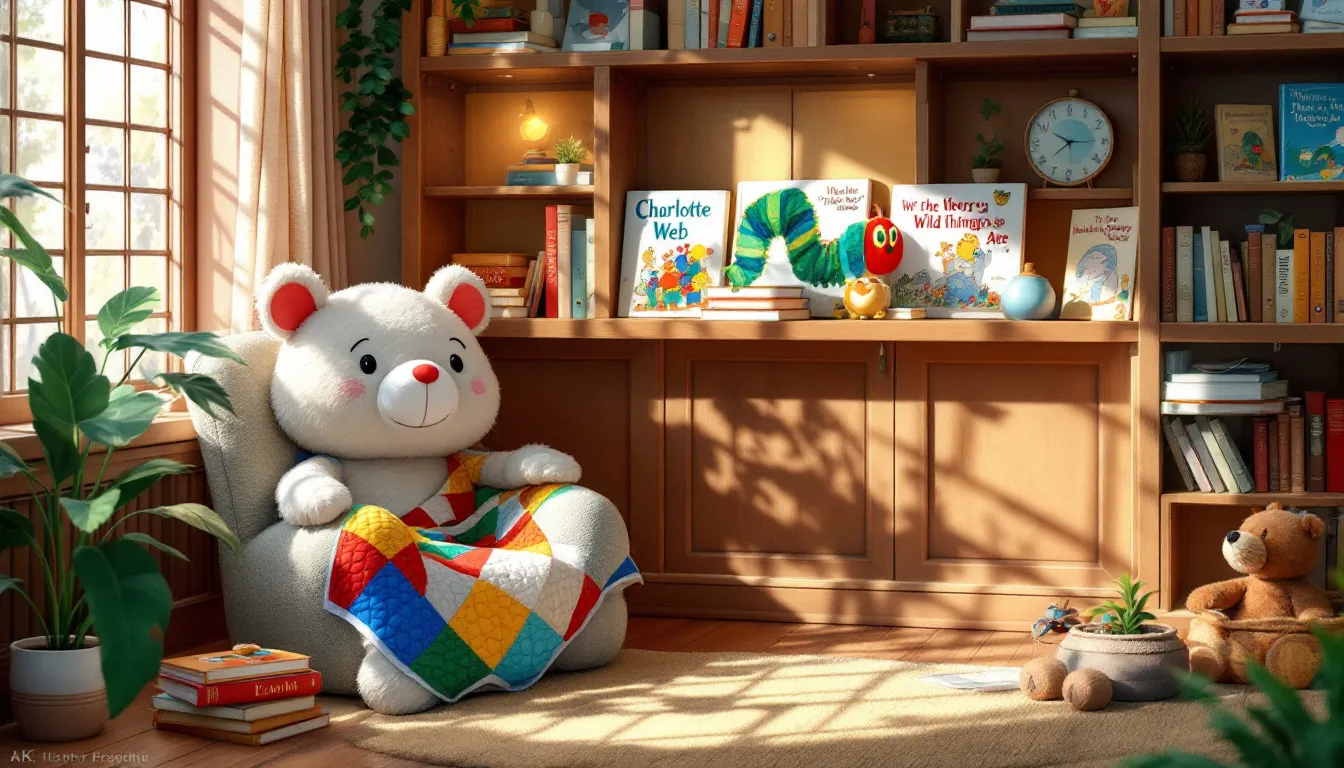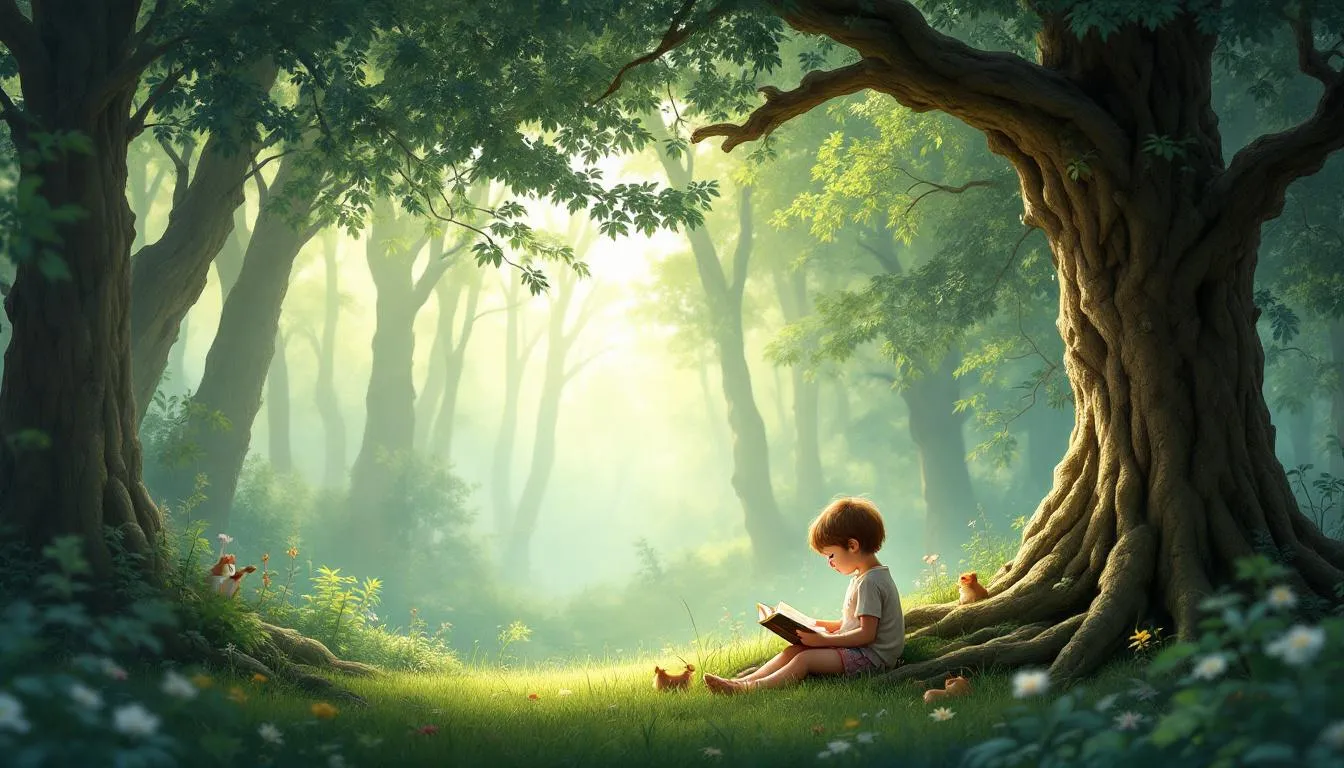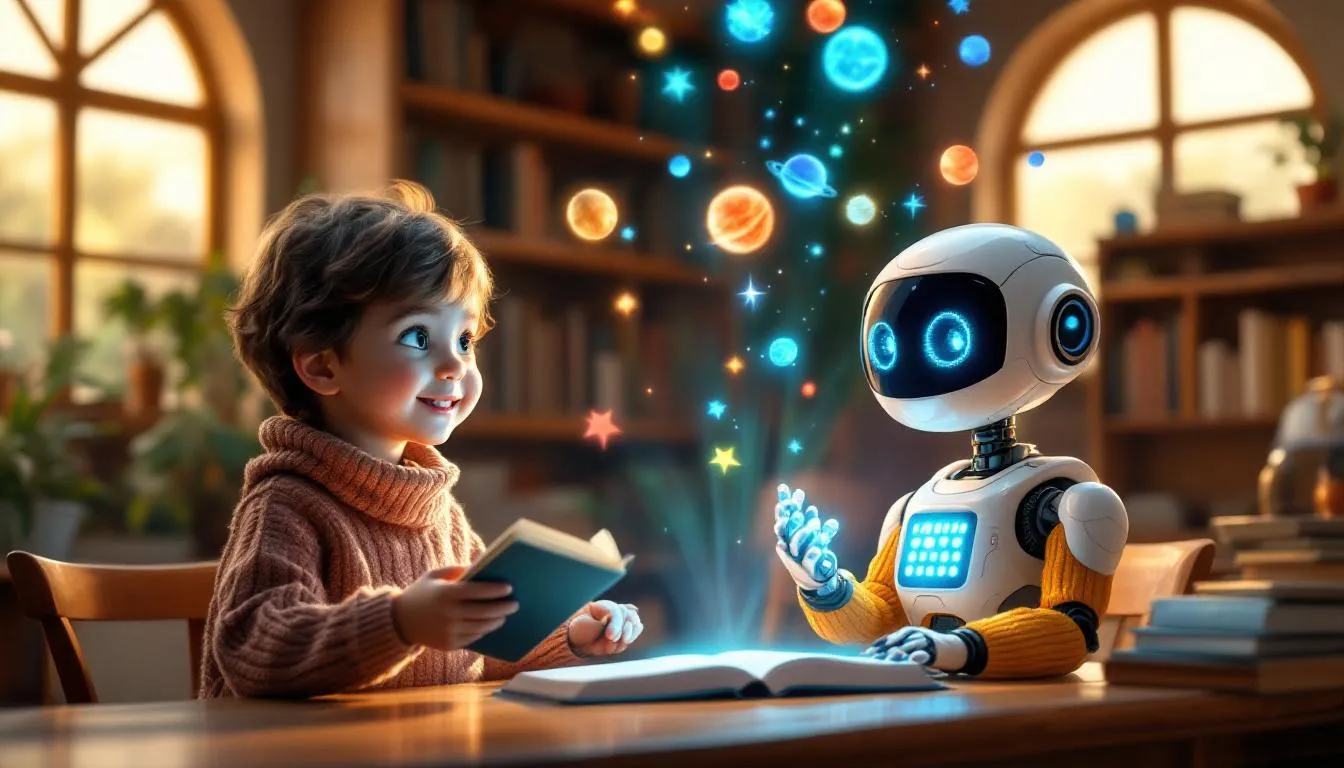Table of Contents
Quick Answer
Children’s books that withstand the test of time possess a unique magic. These tales, with their imaginative plots and captivating illustrations, not only enchanted us as children but also influenced our worldview. Iconic children’s books leave a lasting impact through their creativity, charm, and universal appeal.
Let’s explore the elements that elevate these books to legendary status and why they continue to hold a special place in our hearts.
What Makes a Children’s Book Iconic?
Children’s books become unforgettable through timeless themes and universal lessons. They often tackle subjects that remain relevant across generations, such as friendship, bravery, and kindness. Consider “Charlotte’s Web” by E.B. White. It’s more than a story about a pig and a spider; it’s a tale of loyalty and life’s circle. The enduring lessons these books impart make them treasures for each new reader.
Memorable characters and engaging storytelling are also crucial. Iconic children’s books introduce us to characters who feel as real as our friends. Who can forget the mischievous antics of Maurice Sendak’s “Where the Wild Things Are”? Or the heartwarming courage of Harry Potter in J.K. Rowling’s magical series? These characters leap off the page, becoming lifelong companions.
Illustrations further captivate and inspire. They often serve as a child’s first artistic experience, bringing stories to life and sparking imagination. Dr. Seuss’s whimsical art is as memorable as his rhymes, while Beatrix Potter’s enchanting illustrations in “The Tale of Peter Rabbit” invite young readers into a vividly imagined world.
Understanding these elements helps us see why certain books continue to resonate with us long past childhood. Next, let’s delve into classic children’s books that shaped our early years and left lasting impressions.
Which Classic Children’s Books Shaped Our Childhood?
Reflecting on my childhood is like opening a treasure chest of stories that have indelibly marked my imagination. Certain books are fondly remembered by nearly everyone, and for good reason. These classics come from authors who speak directly to children’s hearts, creating worlds as memorable as our first day at school or the family dog.
Take Maurice Sendak’s “Where the Wild Things Are,” for example. This book was a staple on my bedtime shelf. Max’s adventure with the Wild Things was endlessly exciting, tapping into the universal childhood fantasy of exploring uncharted territories and befriending fantastical creatures. It taught us about imagination’s power and home’s comfort.
“Charlotte’s Web” by E.B. White introduced many of us to complex themes of friendship and loss. I remember clutching the book, hoping for Charlotte’s plan to save Wilbur. It’s a tale that gently prepares us for life’s realities, wrapped in a barnyard’s warmth.
And who could forget Eric Carle’s “The Very Hungry Caterpillar”? Its simple yet profound journey captivated us with vivid colors and a transformation story we could all relate to as we grew up. The caterpillar’s insatiable appetite mirrored our own curiosity about the world.
These stories did more than entertain; they shaped our understanding of the world and our place in it. Now, let’s consider how illustrations played a significant role in bringing these stories to life.
How Did Illustrations Enhance These Stories?
Imagine flipping through a children’s book without any illustrations. It would be like eating a sandwich with no filling—lacking the delightful burst of flavor that makes the experience enjoyable. Illustrations are the heart and soul of children’s books, turning simple words into vivid adventures.
Illustrations serve as visual storytellers alongside the text, enhancing the narrative and bringing characters to life. They create a world that words alone might struggle to portray, especially for young readers who are just beginning to understand storytelling’s power. I remember the first time I opened “Where the Wild Things Are,” and the wild rumpus scenes filled my mind with music and movement. Maurice Sendak’s illustrations were more than pictures; they were a portal to a world where wild things roamed freely.
Consider iconic artwork in children’s literature, like Beatrix Potter’s delicate, detailed illustrations in “The Tale of Peter Rabbit.” Each drawing invites children into a lush, vibrant garden where even the smallest creature has a story. Similarly, Eric Carle’s art in “The Very Hungry Caterpillar” is not just colorful and engaging; it’s an explosion of creativity that mirrors a child’s imagination.
Visual art in books does more than decorate pages; it fuels a child’s imagination, allowing them to see beyond the text and create their own versions of the story. This influence is pivotal in shaping how children perceive narratives, encouraging creative thinking and a love for reading.
These visual elements are key to why these books remain beloved. As we ponder why these stories still resonate, it’s clear that illustrations play an indispensable role in their charm.
Why Do These Books Still Resonate Today?
Children’s books have an uncanny ability to remain relevant, regardless of how much time has passed since their release. One reason they continue to resonate is the enduring themes and values they encapsulate. These stories often touch on universal truths, such as the importance of friendship, courage, and kindness. For instance, “The Giving Tree” by Shel Silverstein offers a timeless lesson on selflessness and the joys and pains of giving, a poignant message for both young and old.
Moreover, the charm of these stories isn’t lost with time; they often find new life through modern adaptations and new editions. Whether it’s a reimagined film, a theater production, or a beautifully illustrated anniversary edition, these stories are rejuvenated for new generations. The recent film adaptations of “Paddington” have introduced the lovable bear, with his penchant for marmalade, to a new audience, blending nostalgia with contemporary storytelling.
The cultural legacy of these books is another reason they remain beloved. They are woven into our collective memory, often evoking a sense of nostalgia and comfort. They serve as cultural touchstones that unite generations, giving grandparents and grandchildren common ground for storytime or animated discussions about favorite characters.
These timeless tales not only entertain but also serve as a bridge connecting past and present readers. As we consider the ongoing relevance of these beloved books, it’s worth exploring how we can rediscover and share these treasures with future generations.
How Can You Rediscover and Share These Favorites?
Reintroducing classic children’s books to new generations can be incredibly rewarding. It’s like passing down a family heirloom, but instead of a dusty old clock, it’s a treasure trove of stories that ignite imaginations. Here are some tips to make this handover enchanting:
- Start a tradition: Dedicate a specific time each week for story sessions. A lazy Sunday afternoon or a cozy evening by the fireplace can turn reading into a cherished ritual.
- Make it interactive: Encourage children to ask questions, predict what might happen next, or act out scenes. This transforms reading from a solitary activity into a shared adventure.
- Mix and match: Pair classic tales with contemporary ones to show kids how stories have evolved while maintaining their core values. This can spark interesting conversations about storytelling through the ages.
Starting a children’s book collection is another delightful way to share these gems. Focus on quality over quantity. Choose books that resonate with you and consider special editions with author notes or original illustrations. Local library sales or second-hand shops often offer beloved titles.
To foster a love for reading, encourage storytelling traditions within your family. Share tales from your own childhood or create new ones together. This enhances creativity and strengthens family bonds. For a truly unique storytelling experience, consider a service like KidTeller, which creates personalized storybooks where your child is the hero. Just upload a photo, and they’ll generate a custom book filled with adventures made especially for your toddler or young child – magical, memorable, and uniquely theirs.
As we continue this journey through iconic children’s literature, let’s reflect on how these stories have shaped us. Here are some key takeaways to apply in our storytelling adventures.
Key Takeaways
- Iconic children’s books deliver timeless themes, offering lessons in friendship, courage, and kindness.
- Engaging illustrations capture the imagination of young readers, bringing stories to life.
- These beloved books influence modern literature and culture, bridging generations with their universal appeal.
- Revisit these classics with your children, creating a new chapter in your family’s storytelling tradition.
Remember, every story shared is a memory created. Dive into these timeless tales and watch them inspire a love for reading in your little ones. For innovative storytelling that makes your child the star, explore services like KidTeller.







